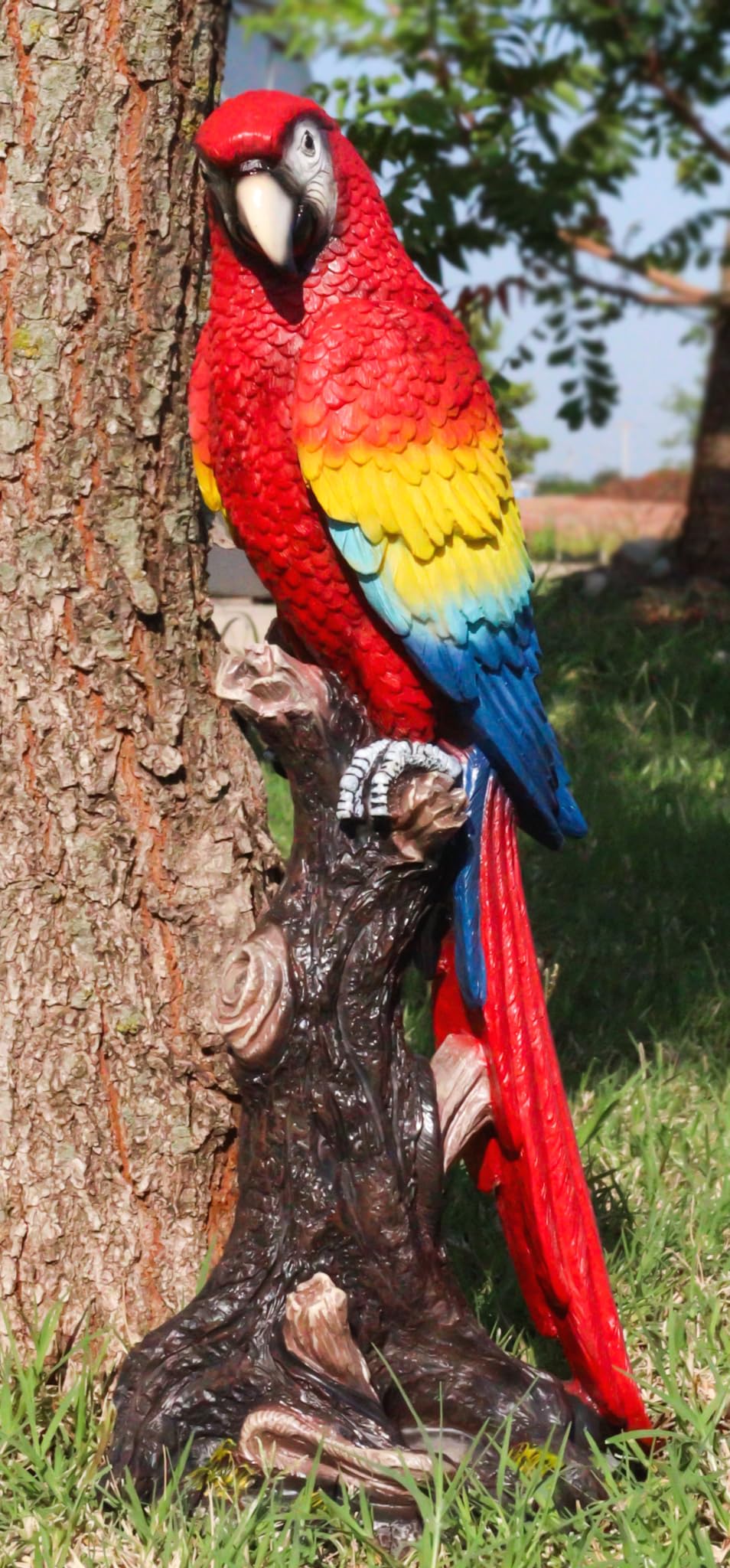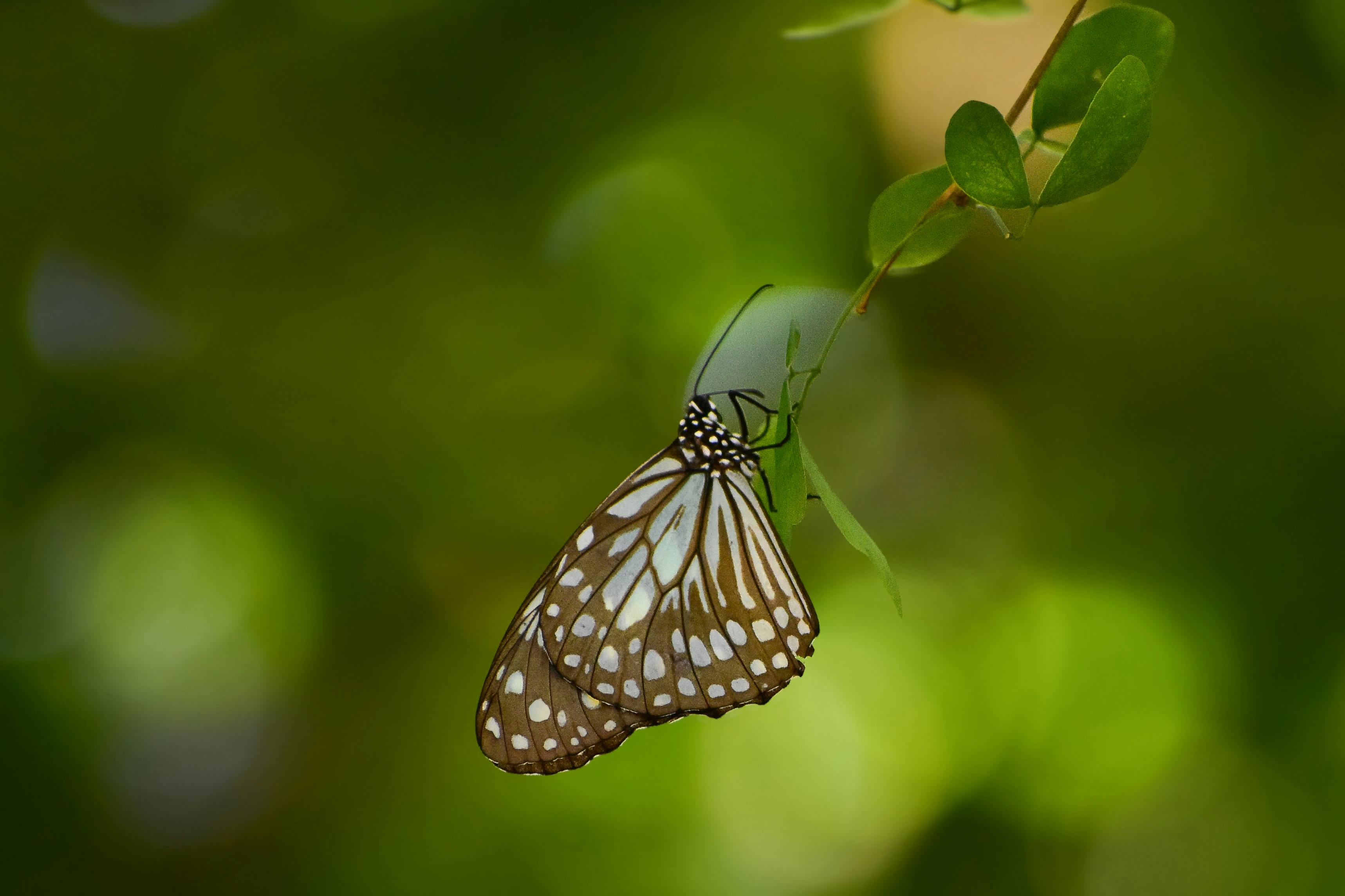Smart Ways to Optimize Your Platinum Parrot Fish Care in 2025
Parrot fish have become a popular choice for freshwater aquariums due to their unique shapes and vibrant colors. The platinum parrot fish, in particular, stands out for its eye-catching appearance and personality. However, caring for this beautiful species requires specific knowledge and techniques to ensure a thriving aquatic habitat. This article presents the most effective methods for optimizing your platinum parrot fish care in 2025, focusing on the essentials of setting up a suitable aquarium, maintaining water quality, feeding habits, and ensuring behavioral wellness. By following these guidelines, both beginner and seasoned aquarists can enhance the experience of keeping these lovely fish while contributing to their overall health and longevity.
We’ll discuss creating the perfect parrot fish habitat, tips for feeding and breeding, health monitoring techniques, aquarium maintenance routines, and advice for choosing compatible tank mates. By understanding the unique characteristics and needs of platinum parrot fish, you can create an enjoyable and visually stunning aquarium.
Key takeaways from this article will help you ensure that your freshwater aquarium remains a healthy environment for your fish, provides a vibrant display of aquatic life, and delivers an enriching experience for the aquarist.
Essential Setup for Your Parrot Fish Tank
Building a proper habitat for your platinum parrot fish is the first step toward successful fishkeeping. Since these fish can thrive in a community setting, understanding their needs will help you create an ideal environment.
Optimal Tank Size and Layout
A minimum tank size of 30 gallons is recommended for parrot fish. This ensures enough space for swimming and reduces territorial disputes, especially when you are considering different parrot fish species. When setting up an aquarium, keeping numerous hiding spots using decorations and aquatic plants is essential, as these contribute to both aesthetics and the fish's comfort.
Be mindful of the tank's dimensions—longer tanks provide more swimming space compared to tall ones. Incorporate a smooth substrate to avoid any injuries, especially around the fish's mouth area, due to their unique beak-like structure.
Water Parameters and Quality Maintenance
The health of your fish heavily depends on the quality of the water. Regular testing for pH levels, hardness, and nitrate levels is crucial. For platinum parrot fish, ideal pH is between 6.5 to 7.5, with a temperature ranging from 75°F to 82°F. Ensure that your aquarium is equipped with a reliable fish tank filtration system to maintain these water quality parameters effectively. Understanding aquatic ecosystems is crucial for maintaining balance, and regular water changes will aid in avoiding toxic buildup.
Choosing Aquatic Plants and Decorations
Supplementing your parrot fish's habitat with appropriate aquatic plants enhances not only aesthetics but also provides shelter and foraging opportunities. Suitable plants include Anubias, Java Fern, and Amazon Swords, which thrive in various water conditions. Additionally, incorporating fish tank decorations such as caves and driftwood encourages natural behavior. Ensure that all decorations are free from sharp edges to prevent any potential injuries.
With the tank set up and maintained correctly, you’ll be on the path to a vibrant and healthy aquarium that can support not just your platinum parrot fish, but a variety of compatible tank mates.
This naturally leads us to the understanding of how to select the right tank mates that can coexist peacefully in your community setup.
Selecting Compatible Tank Mates for Parrot Fish
Parrot fish are known for their friendly temperament, but careful selection of tank mates can enhance their social behavior and ensure a peaceful aquarium environment. When considering tank mates for parrot fish, certain compatibility guidelines must be followed.
Understanding Parrot Fish Behavior
Being aware of parrot fish behavior is essential for choosing suitable companions. These fish are generally non-aggressive but will defend their territory, particularly when breeding. Observe their interactions and initial introductions to new fish, ensuring limited stress through gradual acclimation.
Best Tank Mates
Some of the best tank mates for parrot fish include larger, peaceful species such as tetras, danios, and gouramis. These fish will maintain harmony in the aquarium while not competing aggressively for resources. Select species of similar sizes and temperaments to avoid stress and territorial disputes within the tank.
It is important to avoid aggressive fish or fin-nippers that might irritate the parrot fish and lead to health issues. Additionally, considering their social behavior, introducing them in groups can promote a more dynamic atmosphere within the tank.
Factors to Consider for Tank Mate Compatibility
Selecting tank mates also requires understanding their dietary needs, optimal water conditions, and temperaments. Pay attention to the water quality and space requirements of all occupants, ensuring a balance that accommodates everyone.
Maintaining the aquarium space and selecting the right compatible species can significantly enhance your platinum parrot fish's well-being, creating an engaging aquatic community.

Feeding Your Platinum Parrot Fish Effectively
Proper nutrition is integral to the health of your platinum parrot fish and plays an essential role in their overall behavior and growth. Understanding their dietary preferences and feeding habits will allow you to optimize their diet effectively.
Key Aspects of Parrot Fish Diet
Platinum parrot fish are omnivores, which means their diet should consist of both plant and animal materials. High-quality pellets formulated for parrot fish or cichlids are essential as they provide vital nutrients. Include various best foods for parrot fish like freeze-dried worms, vegetables (like blanched spinach), and occasional live foods to foster a well-rounded diet.
Feeding Schedules and Portions
Maintaining regular feeding schedules is crucial. Feed your parrot fish once or twice daily, being mindful of overfeeding, which can lead to poor water quality and health issues. It's best to offer small amounts that they can consume within a few minutes, helping to keep your aquarium's waste under control and ensuring optimal dietary benefits.
Common Feeding Mistakes
Some common if not avoided can cause health problems include overfeeding, feeding a limited variety of foods, or not monitoring the dietary intake of juvenile parrot fish. Adjust the feeding portions based on their growth and activity levels, ensuring longevity and vitality.
By learning proper feeding practices, you can ensure your fish not only grow healthily but also exhibit vibrant colors and active behavior, which contributes positively to the visual appeal of your aquarium.
Monitoring Health and Common Diseases in Parrot Fish
Understanding how to monitor parrot fish health and recognizing common diseases is vital for maintaining a thriving aquarium. Regular health checks will aid your fish’s long-term survival and happiness.
Signs of Healthy Parrot Fish
Healthy parrot fish display vibrant colors, active swimming patterns, and a curious disposition. Regular health checks will involve observing for any signs of distress, such as fin clamping, abnormal swimming behavior, or visible lesions. Early intervention can often prevent more serious health issues.
Common Fish Diseases
Some common freshwater fish diseases include ich, fin rot, and swim bladder disease. Being vigilant and familiarizing yourself with the symptoms will help you react quickly. Keeping your aquarium clean, ensuring stable water parameters, and avoiding overcrowding can help prevent outbreaks. Maintaining an effective aquarium filtration system will contribute to good health.
Health Monitoring Techniques
Investing in aquaculture equipment for monitoring water quality will help maintain the optimal conditions for your fish. Using a water quality testing kit can provide critical insights into ammonia and nitrate levels, ensuring that the water parameters remain within safe limits.
By prioritizing health monitoring and tackling issues promptly, you'll foster an environment where your platinum parrot fish can thrive.

Maintaining Your Aquarium for Long-term Health
Consistent aquarium maintenance is essential for a healthy aquatic ecosystem. Establishing routines will create a balanced environment necessary for your platinum parrot fish's well-being.
Aquarium Cleaning Routines
Establish a regular cleaning schedule, which includes partial water changes weekly and thorough cleaning of decorations and substrate monthly. Implementing these routines will help maintain water quality and reduce excess nutrients that can lead to algae growth and disease.
Using Proper Filtration and Aeration
Ensure your filtration system matches your aquarium size and is appropriate for the stocking level. Biological filtration methods contribute to breaking down harmful toxins, while proper aeration keeps oxygen levels favorable for aquatic life.
Sustainability in Aquarium Practices
Practicing sustainable aquarium methods, such as using energy-efficient equipment and acquiring sustainably sourced aquarium fish, will not only foster a healthy environment for your parrot fish but contribute to global conservation efforts.
Maintaining your aquarium with these practices will enhance the longevity and vibrancy of your platinum parrot fish and the entire aquatic ecosystem within.
Conclusion: Ensuring a Thriving Environment for Your Platinum Parrot Fish
With proper care techniques—like establishing a suitable habitat, monitoring health, optimizing feeding practices, and maintaining consistent aquarium upkeep—you can significantly enhance the experience of keeping platinum parrot fish in your home aquarium. Educating yourself about their compatibility, behavior, and dietary needs demonstrates responsible fishkeeping and creates a beautiful aquatic environment. As 2025 approaches, remembering these smart ways to care for your fish will ensure a thriving and colorful aquatic experience. Starting today, your commitment to their health will pave the way for a flourishing aquatic community.
